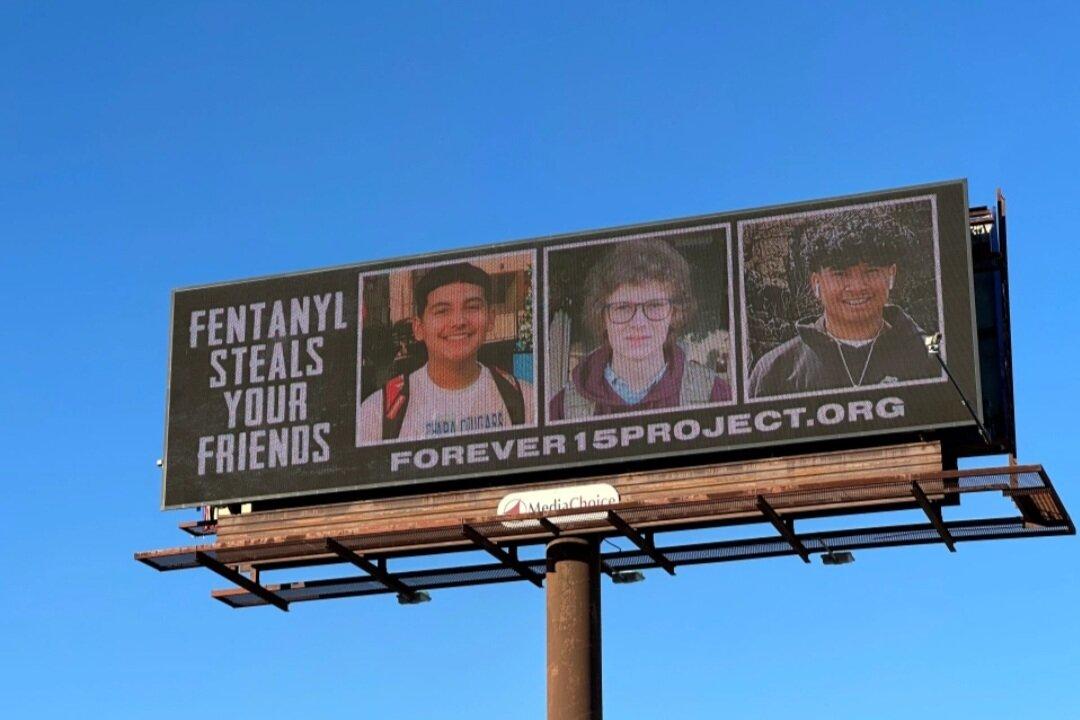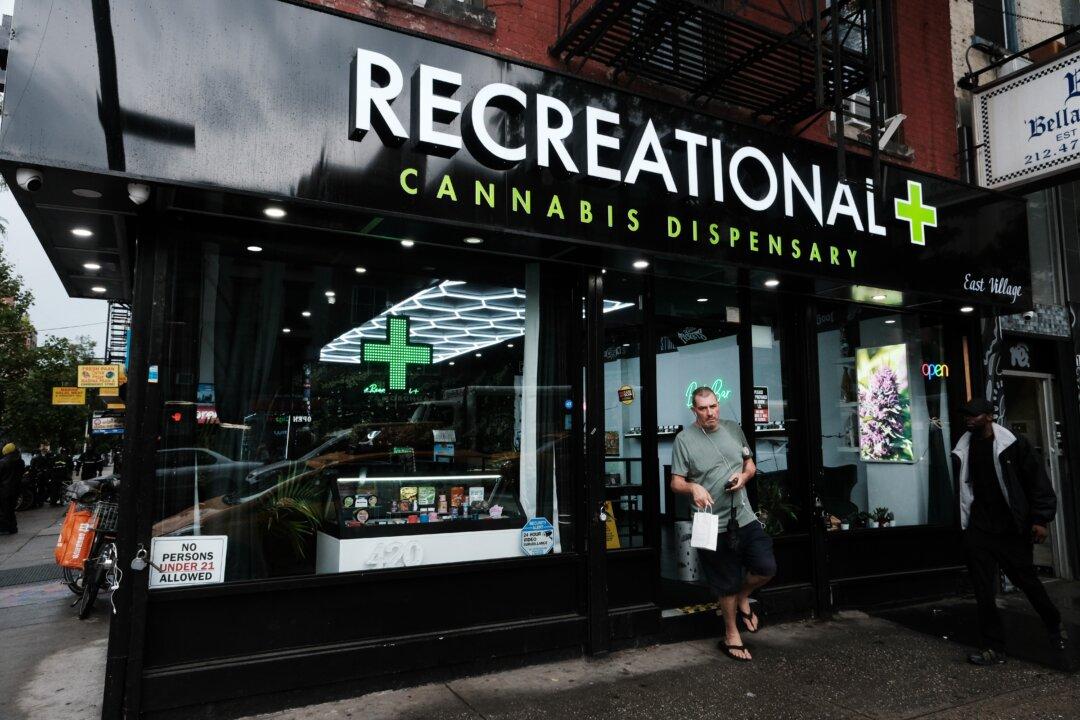One Central Texas school district has waged war against fentanyl, a deadly illicit drug that is infiltrating nearly every town across the country.
After two Hays Consolidated Independent School District (HCISD) students died within weeks of each other from fentanyl poisoning, district leaders knew they had to do everything possible to save the children.





